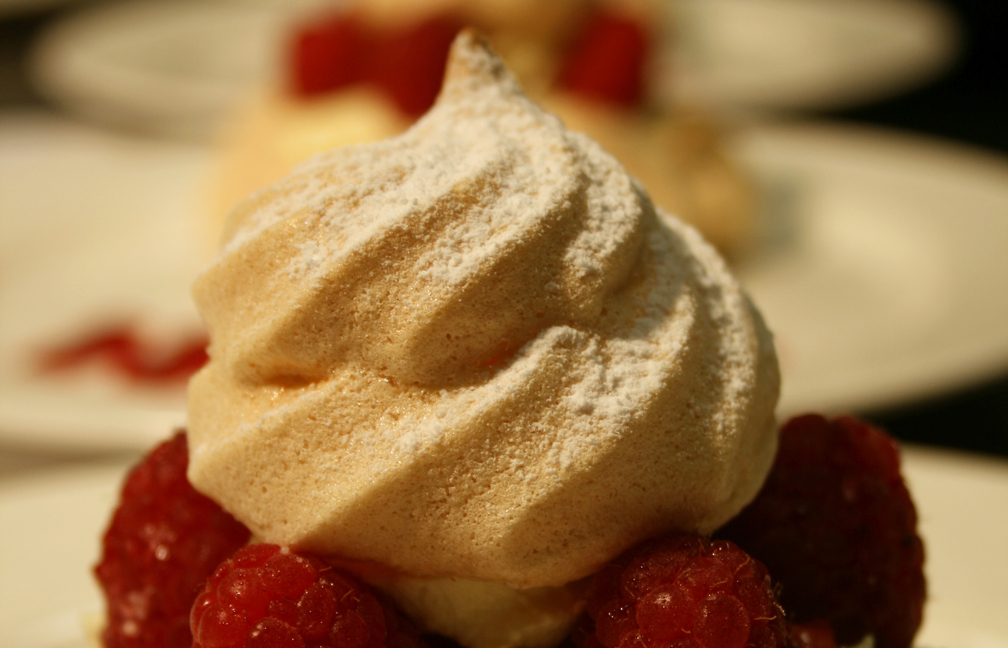Baking is one of my favorite things in the world because the results are sweet. The other aspect of baking that absolutely captivates me is the science of it all. I have not spent much time writing about food science in my columns, but since this is my final article as the Chimes baking columnist, I would like to explore meringue cookies – perhaps the most simple demonstration of culinary science other than rising bread.
Besides, if you are an aspiring baker, meringue is one of the first feats you must face. It is a staple in French patisserie, used to top pies, stack a napoleon, soothe a chiffon cake, make butter-cream frosting and stabilize the elegant Viennese tort. In baking books and on food blogs, you will see that absolutely everyone has their own opinions on how meringue should be achieved. Why is everyone so picky? It is science – that’s why.
Meringue is very temperamental. Like an orchid, it needs ideal conditions to succeed; but when you get it just right, there is no better feeling in the kitchen. Before you start, check the weather. If the humidity for the day is over 40 percent, don’t even bother trying to make these meringue cookies. Too much humidity will make them stick together when you try to store them.
Ingredients:
-The whites from 3 large eggs
-Pinch of salt or cream of tartar to stabilize the cookies
-¾ cup sugar
Directions:
- Separate eggs while cold. Toss the yokes and let the whites sit for 10 minutes to reach room temperature. Preheat oven to 175 degrees.
- Start with a clean bowl and electric mixer fitted with the whisk attachment. You can use a stand mixer if you have one. Whisk the egg whites and salt until they triple in volume and hold medium-soft peaks. It will take about three minutes on high speed. To test peaks, turn off mixer and lift the whisk directly up. If a little peak keeps its shape at the end of the whisk, you are golden.
- With the mixer running, add a ½ cup of sugar. Beat on high for five minutes. At this point, peaks will be stiff. Add the remaining ¼ cup of sugar and beat two to three more minutes. You will know you are done when the meringue is firm and shiny. You can use the whisk trick again, this time inverting the whisk after you pull it up to see if meringue is perfect.
- At this point, if you would like flavored meringues (my preferred flavor is pineapple), add ¼ of a teaspoon of flavoring and fold into the meringue with a clean rubber spatula.
- Line two cookie sheets with parchment paper. Spoon dollops of meringue onto the paper with a spoon or fill a frosting bag fitted with a star tip and squeeze out meringues ¼ of an inch apart. When you pipe meringues, it will take a while to get into the rhythm that results in identical cookies. Don’t get frustrated! If you keep messing up, take a step back and a deep breath and try it again.
- Bake for one hour and 40 minutes. Meringues should not gain any color and should be easy to remove from the paper when done baking.
And there you have it, cookies made of eggs, sugar and air. Pure science, ladies and gentlemen. If it is a fluke, wait for a drier day. Experiment with flavor, mini chocolate chips, or food coloring. Find ways to make this recipe your own. Eat well and joyfully, baking mavens.







